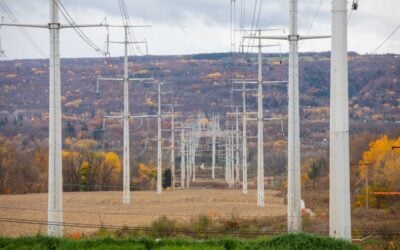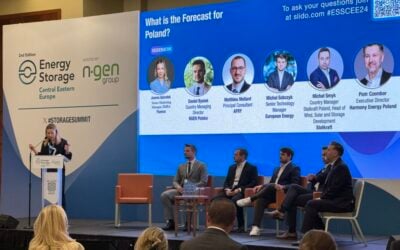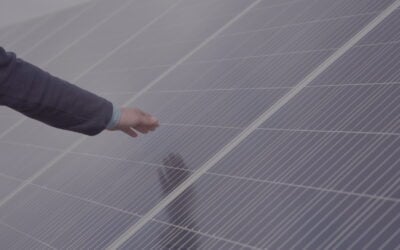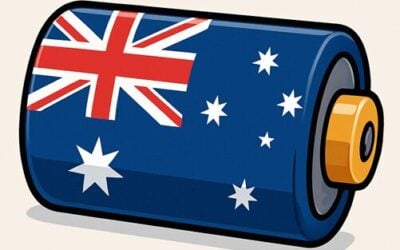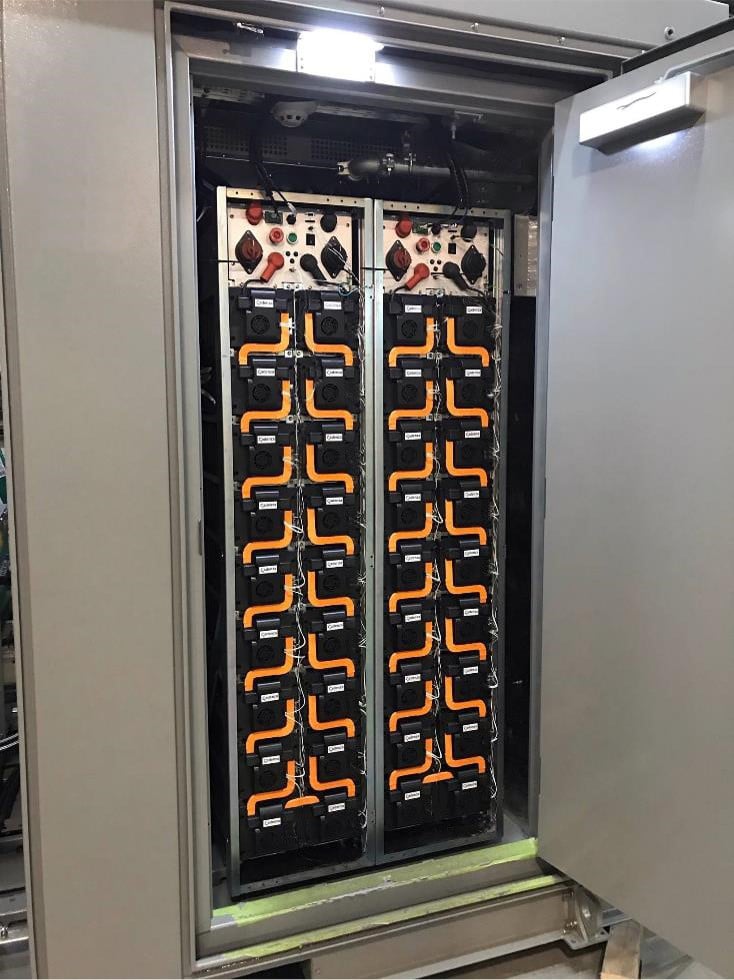
The US’ bipartisan infrastructure bill’s passing by the Senate has been applauded by a range of energy storage industry stakeholders for helping unlock the country’s clean energy potential.
US$1.2 trillion in infrastructure spending on everything from road building to phasing out lead water pipes has been committed to through the legislation. It now needs to pass in the House of Representatives but is considered highly likely to do so, given a slim Democrat majority is held in that House.
The bill recommends US$73 billion investment in the grid, including US$11 billion for grid resilience and US$3 billion to enhance grid flexibility, Karen Wayland, CEO of the GridWise Alliance said, calling it a “tremendous investment”.
The GridWise Alliance is an organisation with a broad membership comprising labour unions to utilities, technology companies and other entities with an interest in modernising the US’ electric grid. Wayland said that as well as the amount of money the bill dedicates to the grid, the areas it focuses on, such as resiliency, grid flexibility, cybersecurity and workforce development are in line with her group’s previously-made recommendations.
Try Premium for just $1
- Full premium access for the first month at only $1
- Converts to an annual rate after 30 days unless cancelled
- Cancel anytime during the trial period
Premium Benefits
- Expert industry analysis and interviews
- Digital access to PV Tech Power journal
- Exclusive event discounts
Or get the full Premium subscription right away
Or continue reading this article for free
“This is a tremendous investment in critical energy infrastructure and we are very pleased to see this bill advance. Modernising the electricity grid over the next decade is critical to decarbonising our energy system,” Karen Wayland said.
GridWise Alliance chair, Gil Quiniones, who is also president and CEO of the New York Power Authority (NYPA) and a self-avowed “energy storage geek,” likewise commended President Joe Biden and senate leaders for “addressing the need to update our electricity infrastructure and recognising the many benefits that will come from investing in our nation’s power system”.
The national Energy Storage Association (ESA) however, while also welcoming the bill’s passing was a little more tempered in its praise. The ESA has hundreds of member companies from along the energy storage industry value chain.
A statement it issued last week commended the US Senate for “coming together” to pass the legislation that supports clean energy growth, but reiterated a view previously expressed by ESA Interim CEO Jason Burwen that the omission of an investment tax credit (ITC) for standalone energy storage misses the opportunity to drive up demand for the technology.
Last week, Burwen highlighted the powerful expected impact on supply-side dynamics in energy storage of the bill, including US$6 billion to support battery supply chains, US$500 million for demonstration projects and an emphasis on studying how to update grid codes to meet the reality of modern technological innovations like vehicle-to-grid (V2G) systems.
Burwen said in the ESA’s newest statement that the bill will boost energy storage technology manufacturing in the US, “increase investment in energy storage and other resilience solutions and accelerate next-generation storage technologies,” but that the lack of the ITC will limit the overall impact the infrastructure investments can make on “producing the long-term job creation, economic growth, and climate mitigation envisioned in President Biden’s American Jobs Plan”.
With the ESA now calling on policymakers to enact the ITC’s introduction in future legislation, “demand-driven strategies will accelerate storage deployments to the pace needed to meet the climate crisis, decarbonising our power system and making it resilient to extreme weather that the Intergovernmental Panel on Climate Change reports will become more intense and frequent,” Burwen said.
Our sister site PV Tech reported yesterday that a similar solar industry call has been made following the bill’s Senate passing to extend the solar ITC and create a direct-pay option for it, as well as extend the wind energy production tax credit and create further new measures to support domestic clean energy manufacturing.
Long-duration storage, electrification critical for US’ clean energy future and solving climate crisis
With the bill’s support of utility-scale storage demonstration projects, which Jason Burwen said could help accelerate newer technologies like long-duration energy storage, long-duration iron flow battery manufacturer ESS Inc also stepped forward to commend the bill’s passing.
“Congratulations to the U.S. Senate for coming together to pass this monumental legislation on behalf of the American people. This generational investment in clean, long-duration energy storage and renewable energy will create good-paying jobs for American workers and help build the resilient grid infrastructure our country needs,” ESS Inc CEO Eric Dresselhuys said.
“ESS is committed to employing American workers to produce U.S.-made, sustainable battery storage as a key component to decarbonising the energy system. We look forward to this bill becoming law and delivering on the promise of a clean energy future.”
Further downstream, Hitachi ABB Power Grids, which produces and deploys battery storage and other digitally-controllable energy infrastructure, also welcomed the legislation and investment it would bring.
“This is a monumental bill for the energy industry, and I’m excited to see it making its way through the legislative process. It comes at a critical, pivotal time,” Hitachi ABB Power Grids head of North America Anthony Allard said.
“The UN just released a report about the dire consequences if we don’t fight climate change together. There’s no better time than today to invest in our grid and its transmission and distribution system. It will help create a more resilient, reliable grid — one that is powered by clean, renewable energy.”
Allard added that the investments in electric vehicles and clean transportation would “empower” the US to make progress in electrification that he called “critical to reaching carbon zero”.
“By leveraging and investing in R&D and technology such as long-duration batteries and artificial intelligence, this law will bring the United States one step closer to addressing the country’s energy needs,” Allard added.

